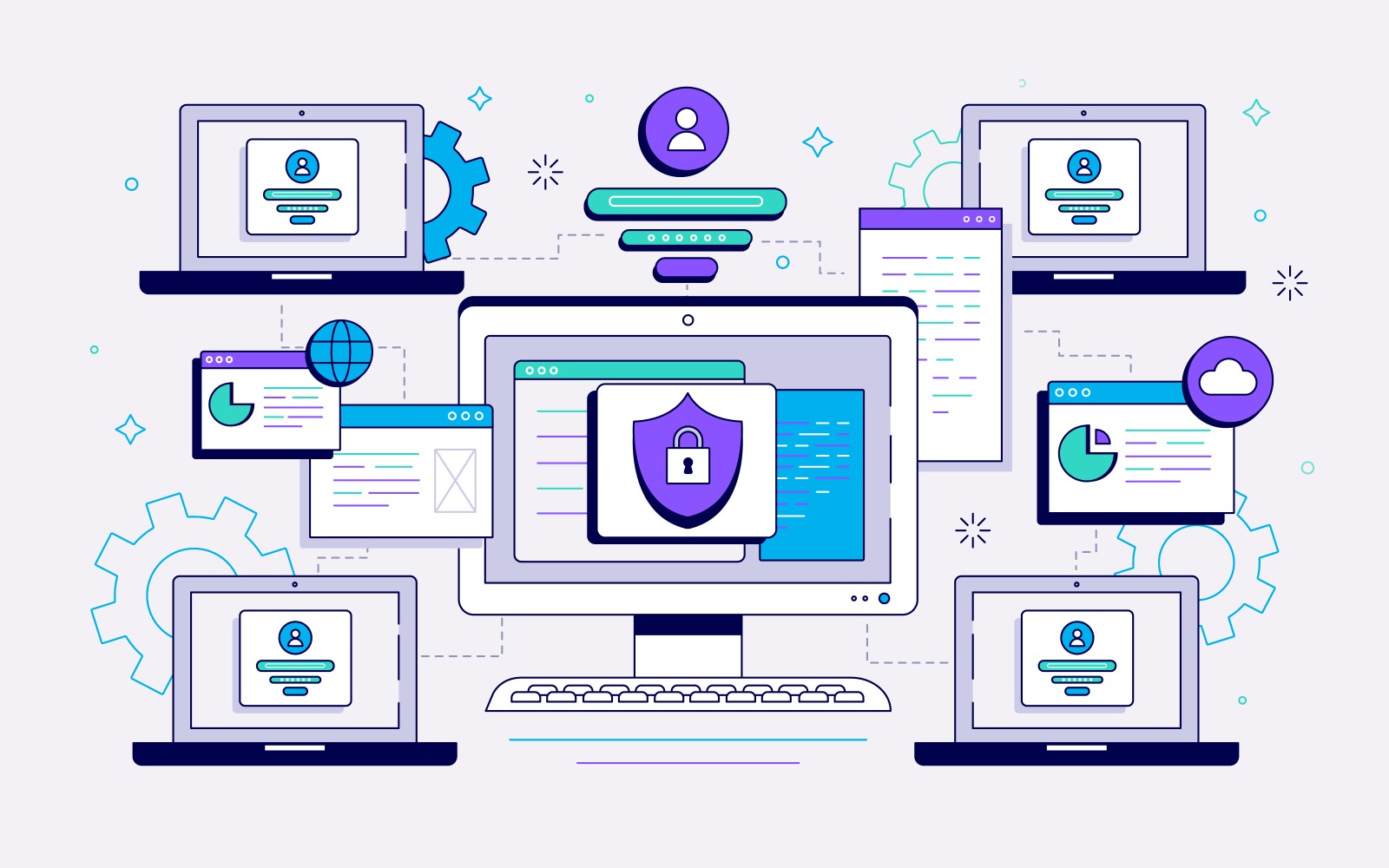Troubleshooting Common Problems with Secret Manager
Date Created: 25 Oct 2023Share:
Secret Managers have become indispensable tools for organizations.

Troubleshooting Common Problems with Secret manager
Secret
Managers have become indispensable tools for organizations. These systems are
designed to securely manage sensitive data and cryptographic keys used for
authentication, encryption, and other vital functions. Secret managers help
maintain the integrity and confidentiality of critical data, making them a
linchpin in modern IT ecosystems.
However, despite their importance and the advantages they offer, Secret managers are not immune to issues and challenges. In this blog, we will explore the common problems that organizations may encounter when utilizing Secret managers, and more importantly, well delve into strategies to troubleshoot and resolve these issues effectively.
Common Problems with Secret Managers
Secret managers are complex solutions that can face various issues, some of which may arise due to misconfigurations, while others could be a result of evolving security threats. Lets take a closer look at some of the common challenges organizations face when using Secret managers:
Key or Secret Rotation Issues:
Key
and secret rotation is a fundamental security practice. Regularly changing
cryptographic keys and secrets is vital to minimizing the risk of a breach.
Problems in this area may include:
Automated
rotation failure
Incorrect
rotation intervals
Unintended service interruptions during rotation
Access Control Problems:
Ensuring
the right individuals and services have access to keys and secrets is essential
for security. Access control problems can manifest as:
Unauthorized
access to secrets
Overly
restrictive access policies causing operational issues
Misconfigured roles and permissions
Compliance and Auditing Challenges:
Compliance
with regulatory standards often requires comprehensive auditing. Challenges may
include:
Incomplete
or inaccurate audit logs
Lack
of adequate monitoring and reporting for compliance purposes
Integration Complications:
Secret
managers need to seamlessly integrate with various systems and applications.
Integration problems might involve:
Compatibility
issues when connecting with legacy systems
API
compatibility problems with third-party services
Conflicts when implementing a diverse range of integrations
Recovery Challenges:
In
the realm of Secret manager operation, disaster recovery planning stands as an
indispensable pillar. Yet, within this domain, several difficulties can emerge:
Insufficient
Backup and Redundancy Leading to Data Loss
Protracted
Recovery Times Resulting in Service Interruptions
A
Deficiency in Incident Response Planning for Security Breaches
Each of these issues presents its own set of unique challenges, each with the potential to jeopardize an organizations data security. In the forthcoming sections, we will delve into practical solutions for troubleshooting these common problems and explore best practices for pre-empting them altogether.
Troubleshooting Key and Secret Rotation
Key and secret rotation is a critical security practice in Secret Management. When this process encounters issues, it can lead to vulnerabilities and service disruptions. Heres how to troubleshoot and resolve common problems with key and secret rotation:
Automated Rotation Failure:
Issue: The automated key or secret rotation process is not functioning as
expected, leaving outdated keys in use.
Troubleshooting Steps:
Review
your rotation scripts: Check the scripts responsible for automated rotation.
Ensure they are correctly configured and that they run as scheduled.
Log
analysis: Examine rotation logs for error messages and discrepancies.
Test
manually: If automated rotation fails, attempt a manual rotation as a temporary
solution while troubleshooting the automation.
Consider role permissions: Ensure the account or role responsible for rotation has the necessary permissions to execute the rotation process.
Incorrect Rotation Intervals:
Issue: Key or secret rotation intervals are set too frequently or
infrequently, leading to operational issues.
Troubleshooting Steps:
Review
rotation policies: Reevaluate your organizations rotation policies to determine
if intervals align with security requirements and operational capacity.
Adjust
intervals: If needed, adjust rotation intervals based on best practices and
compliance standards. Common intervals range from weeks to months.
Monitor impact: Be mindful of the impact on services during rotation. Frequent rotations may lead to service disruptions, while infrequent rotations may expose you to security risks.
Unintended Service Interruptions During Rotation:
Issue: Key or secret rotation causes unintended service interruptions,
affecting availability.
Troubleshooting Steps:
Conduct off-peak rotations: Schedule key and secret rotations during off-peak
hours to minimize service disruptions.
Implement redundancy: Ensure you have a redundant set of keys or secrets
available during the rotation process. This can help maintain service
availability.
Monitoring and alerts: Implement monitoring and alerting systems to detect service
interruptions in real-time. Be prepared to roll back the rotation if issues
arise.
By following these troubleshooting steps, organizations can effectively address key and secret rotation issues, ensuring data security while maintaining the availability of their services. Its important to maintain a balance between security and operational considerations, and regular testing and monitoring are key to a successful key and secret rotation strategy.
Each
of these issues presents its own set of unique challenges, each with the
potential to jeopardize an organizations data security. In addressing these
challenges, its worth noting that expert solutions are at hand. Services
provided by trusted partners like Cripsa offer state-of-the-art Secret manager
capabilities, ensuring robust backup, streamlined recovery, and vigilant
security measures. Lets delve into practical solutions for troubleshooting
these common problems and explore best practices for preempting them
altogether.

